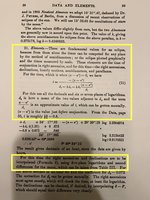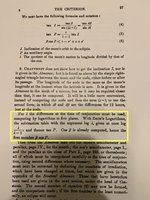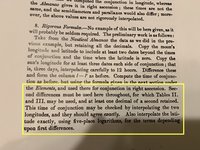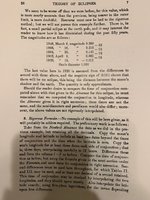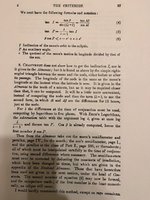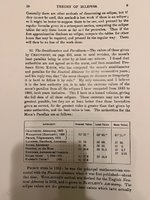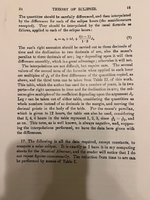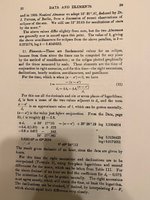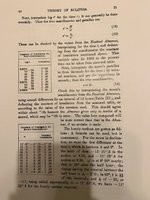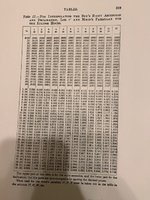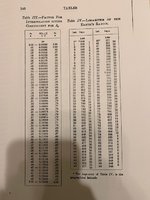Christian.
New member
- Joined
- Sep 1, 2018
- Messages
- 19
Good evening all,
For the past few days I have been confused on what Im supposed to do with logs in this set of formulas. The book says to use six or seven places of logrithms, but does not clearly say where or how to use them in the formula. I know what logs are and how to do them, its the wording of the book thats causing me trouble. Can anyone please help me to understand what to do? Thanks you.
Christian
Note: I highlighted the sections I am confused with within a yellow box. The fromula is scatterd to parts of diffrent pages. The book gives no examples for this set of formulas.
For the past few days I have been confused on what Im supposed to do with logs in this set of formulas. The book says to use six or seven places of logrithms, but does not clearly say where or how to use them in the formula. I know what logs are and how to do them, its the wording of the book thats causing me trouble. Can anyone please help me to understand what to do? Thanks you.
Christian
Note: I highlighted the sections I am confused with within a yellow box. The fromula is scatterd to parts of diffrent pages. The book gives no examples for this set of formulas.

